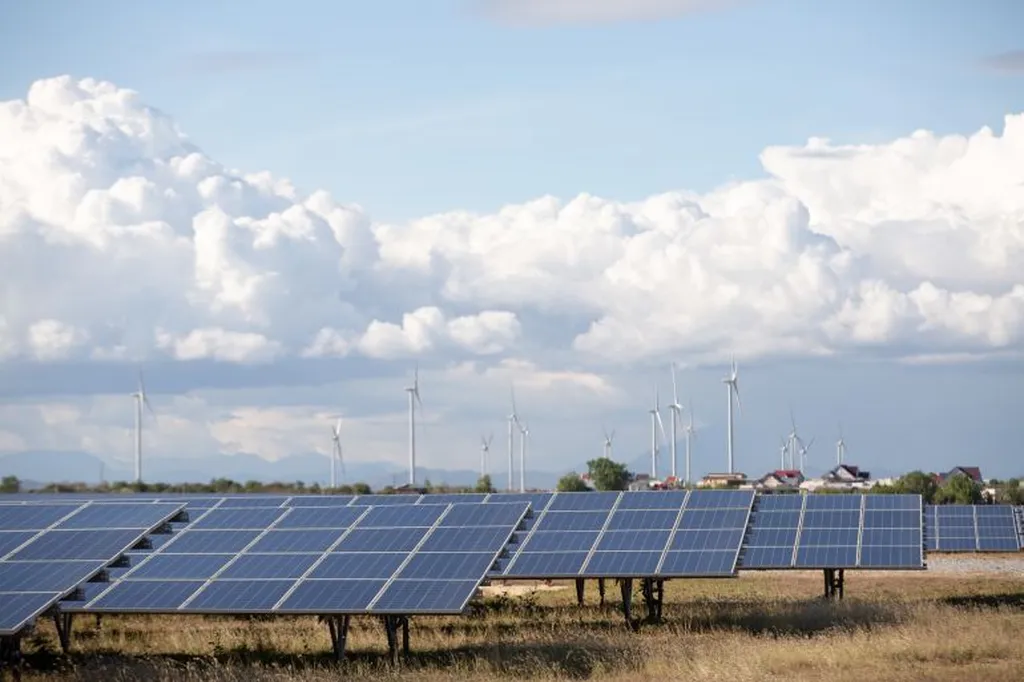In the heart of Sri Lanka, researchers are shedding new light on how to boost lettuce growth in vertical farms, and their findings could illuminate a path forward for the energy sector’s foray into controlled-environment agriculture. P. V. D. N. N. T. Kumarasena, a scientist from the Department of Biosystems Technology at Eastern University, has been investigating how different light conditions can enhance the growth and yield of lettuce in vertical drip fertigation systems—a method that combines vertical farming with precise nutrient delivery.
The study, published in the Indonesian Journal of Agricultural Research (Majalah Penelitian Pertanian Indonesia), focused on two lettuce varieties, ‘Green Coral’ and ‘Red Coral’. The team compared the effects of no artificial light, two horizontally arranged full-spectrum LED light strips, and three horizontally arranged full-spectrum LED light strips on the plants’ growth. The results were striking. “We found that the two-LED treatment significantly increased the number of leaves and plant height in both varieties compared to the control group,” Kumarasena explains. This treatment also led to a notable increase in fresh weight, with ‘Green Coral’ yielding 6.2 grams and ‘Red Coral’ 6.6 grams.
So, why should the energy sector care about lettuce? As the push for sustainable, locally grown food intensifies, vertical farming is emerging as a promising solution. It uses significantly less water and land than traditional farming methods, and when powered by renewable energy, it can be a carbon-neutral or even carbon-negative endeavor. By optimizing light conditions, as Kumarasena’s research suggests, vertical farms could further increase their crop yields, making them an even more attractive investment for energy companies looking to diversify into agriculture.
Moreover, the study’s findings could pave the way for more energy-efficient vertical farms. “If we can achieve optimal growth with fewer LED lights, we can reduce energy consumption,” Kumarasena points out. This is a crucial consideration for the energy sector, as it seeks to balance the growing demand for power with the need to reduce greenhouse gas emissions.
The research also highlights the importance of tailoring light conditions to specific crop varieties. As Kumarasena notes, “Different crops have different light requirements. By understanding these nuances, we can optimize growth and yield in vertical farms.” This could open up new opportunities for energy companies to partner with agritech firms to develop customized vertical farming solutions for different crops.
In the broader context, this study is a step towards making vertical farming more efficient and profitable. As the world grapples with climate change, food security, and resource scarcity, the insights from this research could help shape the future of sustainable agriculture. And for the energy sector, it’s a reminder that the path to a greener future lies not just in generating clean power, but also in using it wisely to support other sustainable industries.

